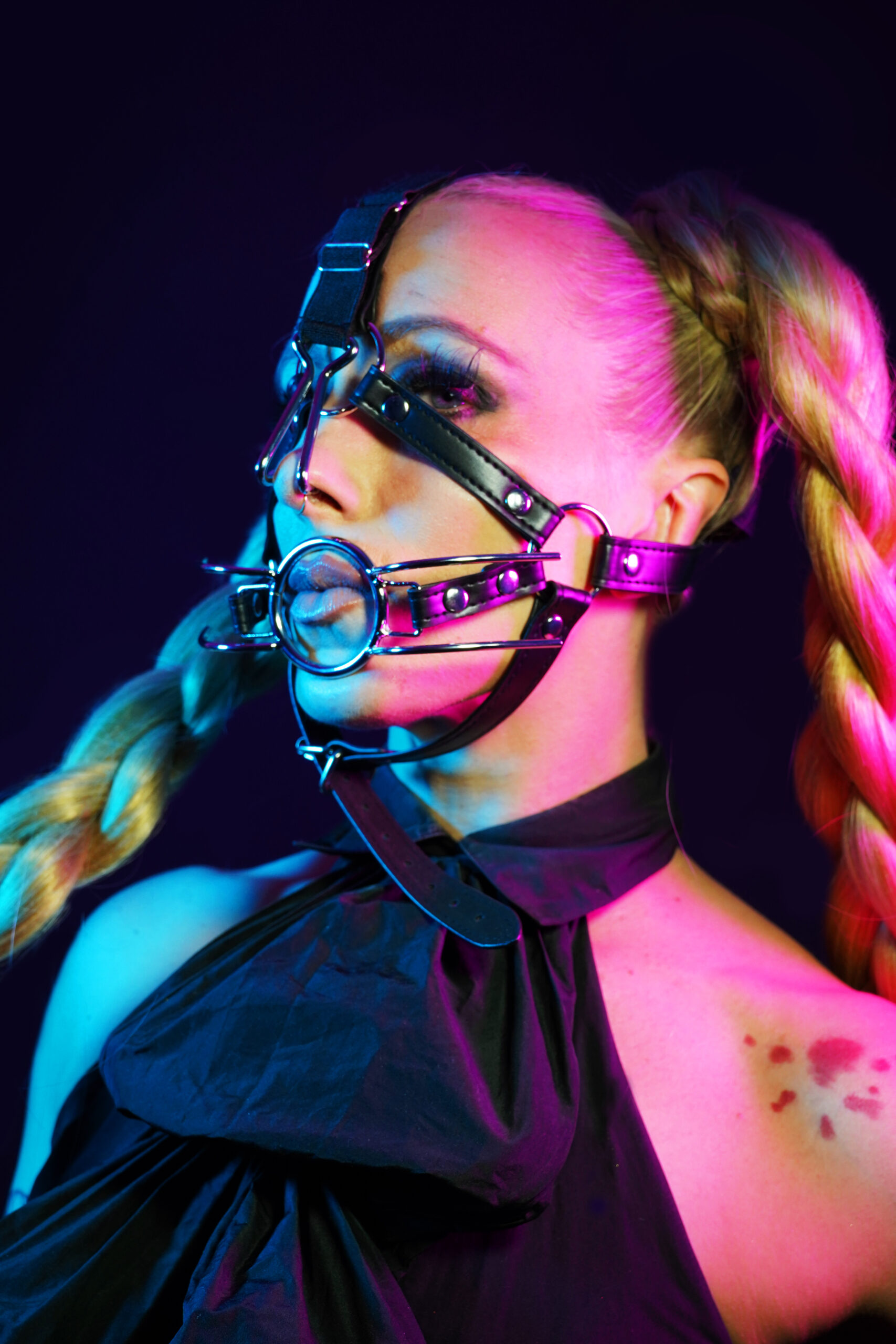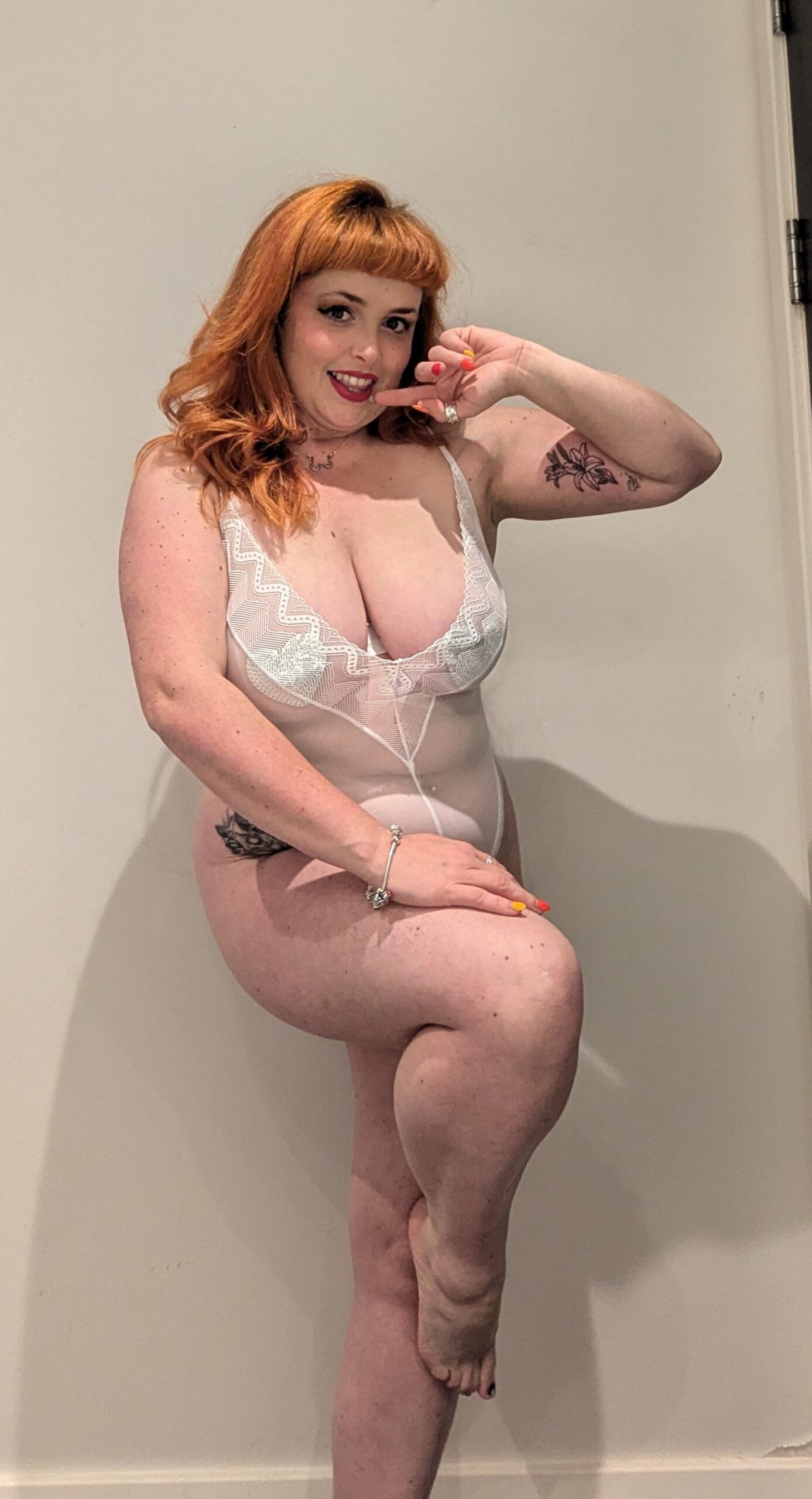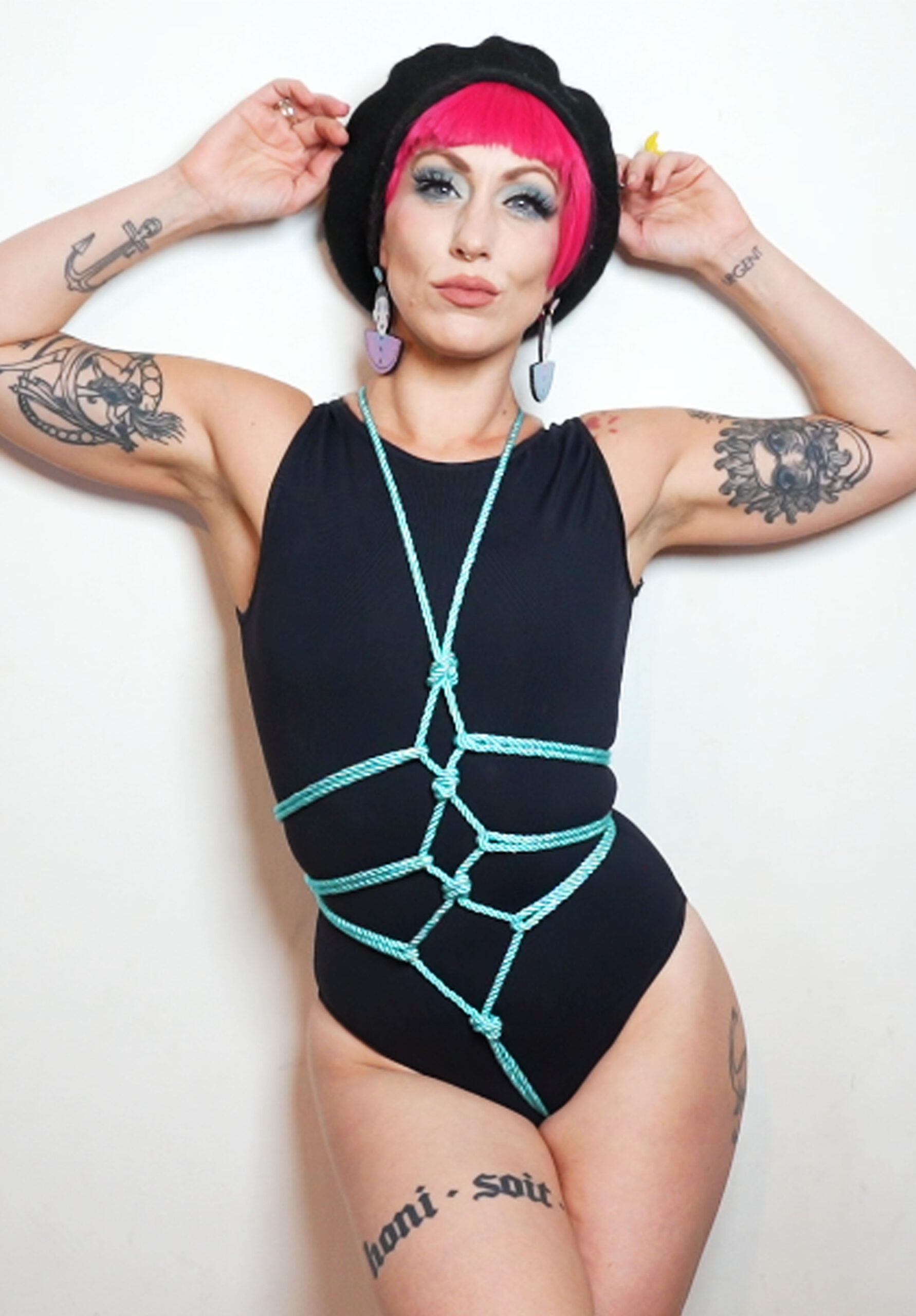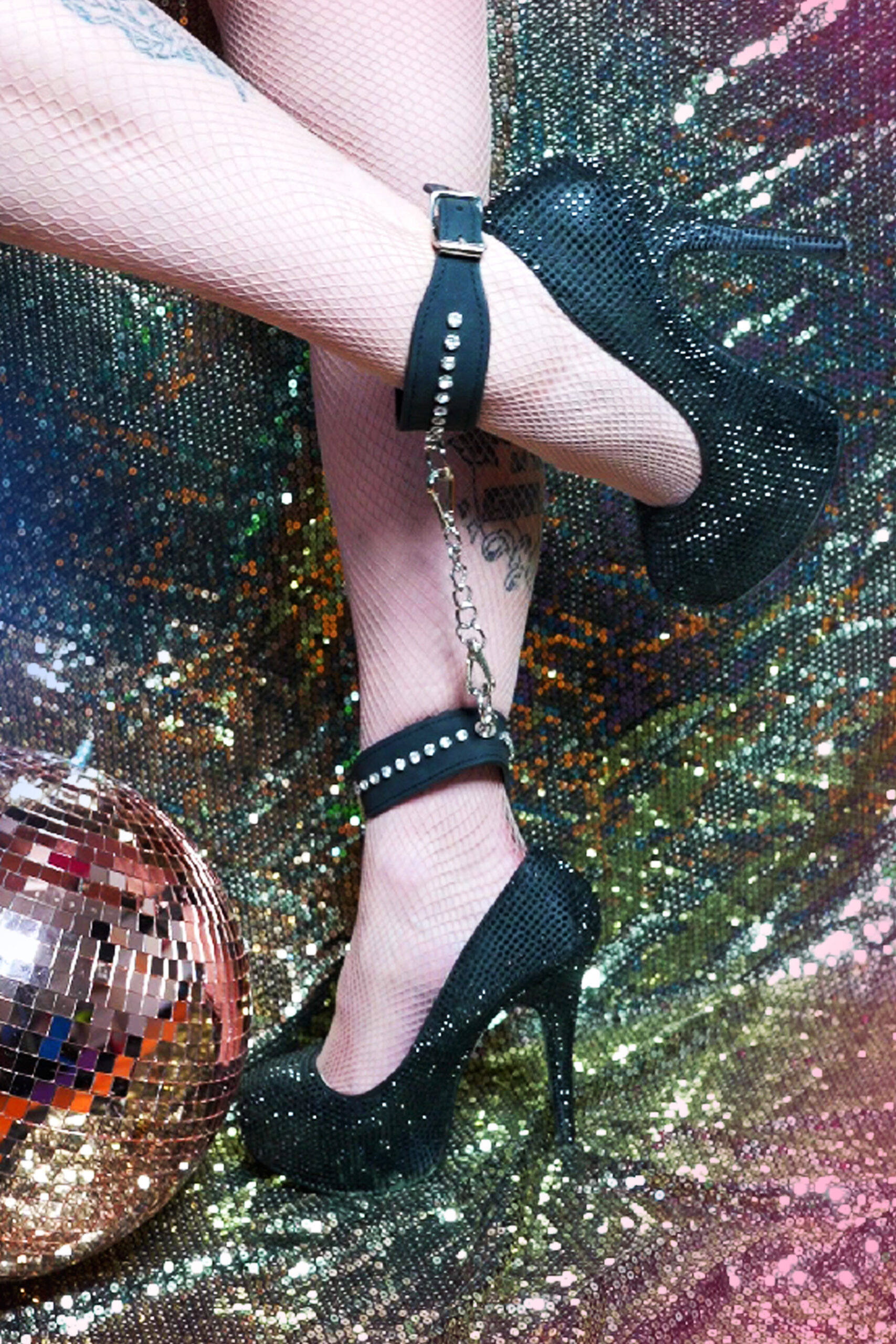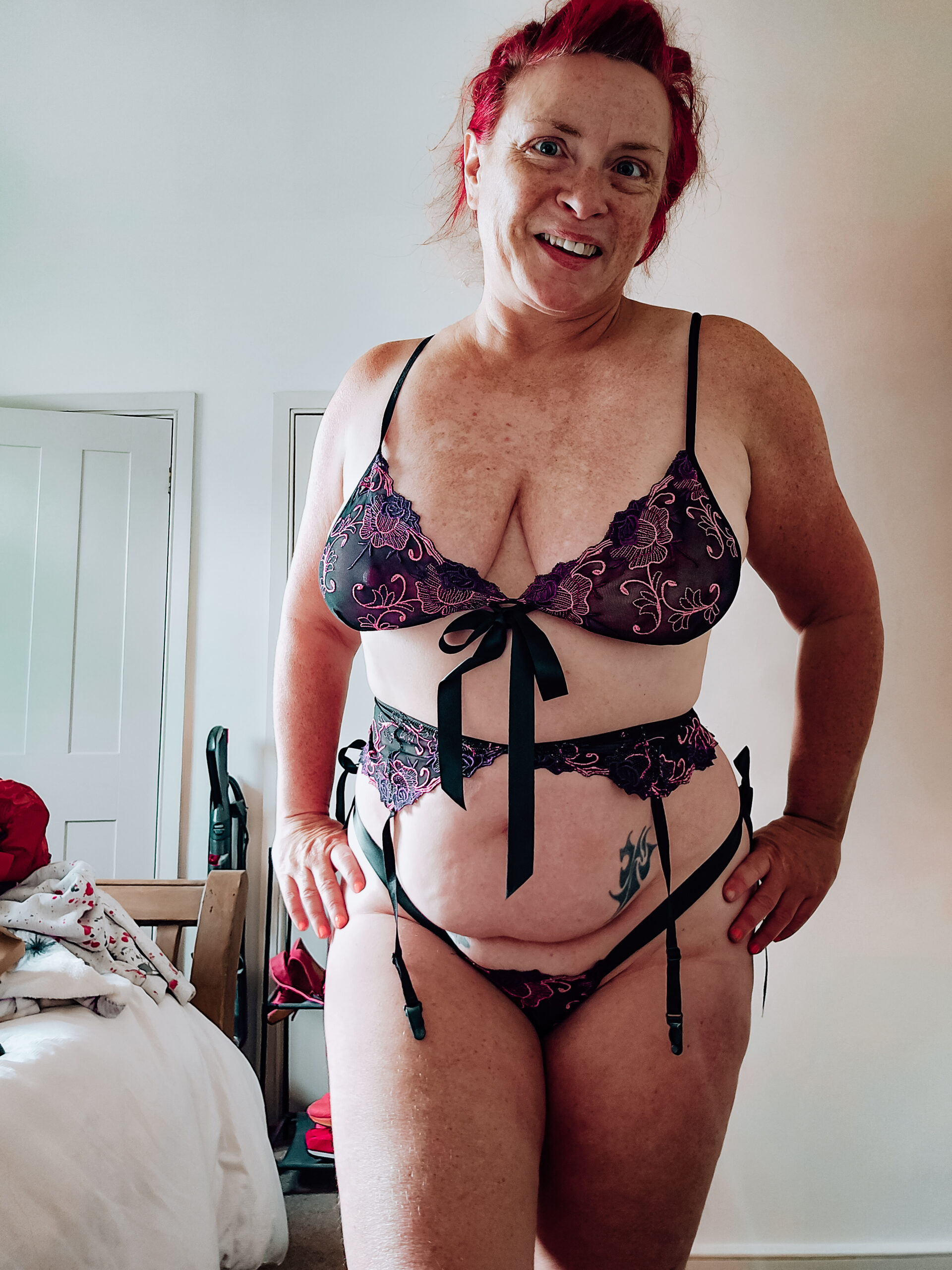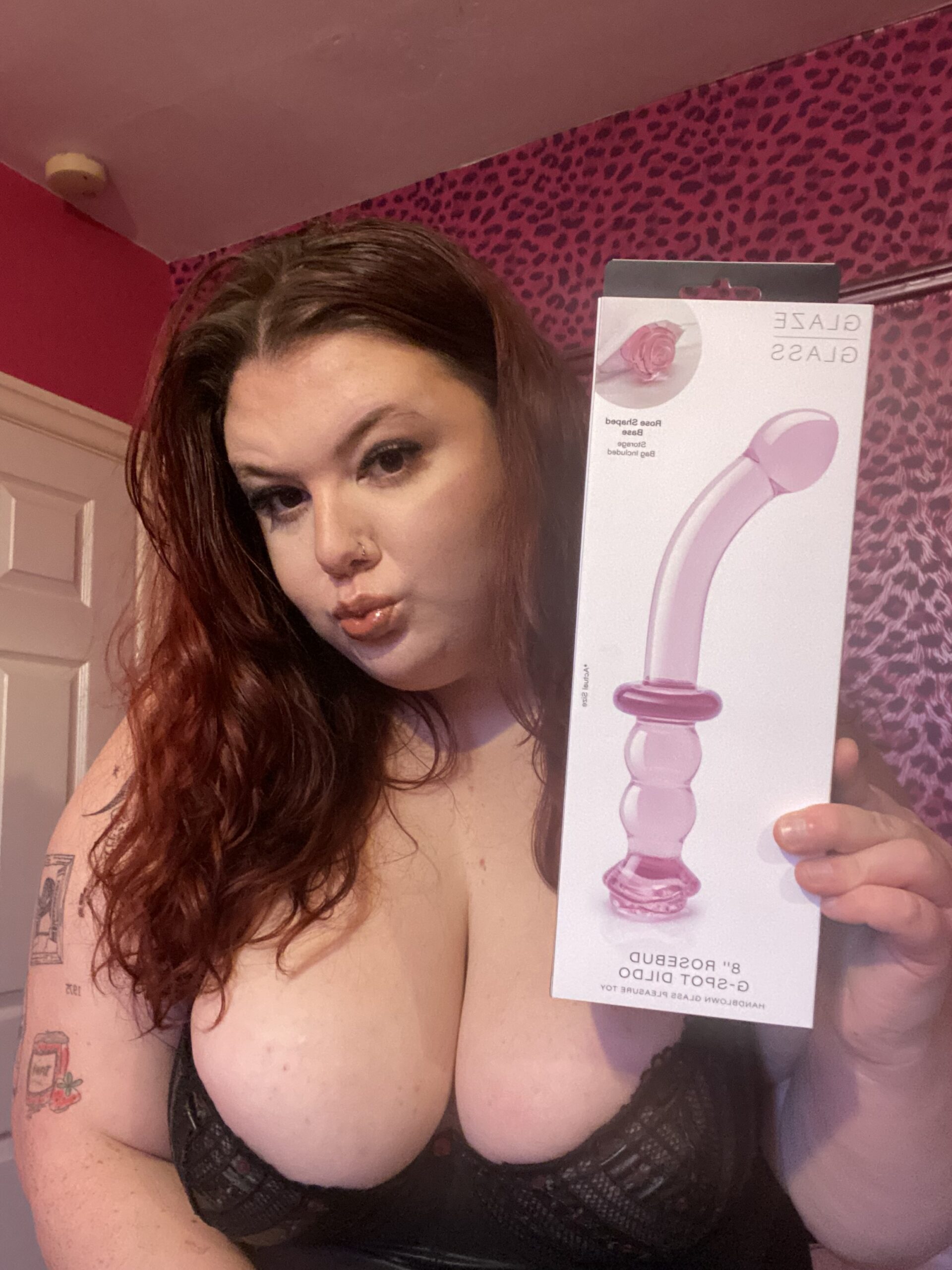Navigating Coming Out As A Sexual Minority

Preparation and Planning
Effective preparation and planning are crucial elements in navigating coming out as a sexual minority. Before taking this significant step, individuals must carefully consider their goals, support system, and potential outcomes to ensure a positive and empowering experience. This involves assessing one’s personal safety, identifying safe spaces for disclosure, and developing a strategy for managing the emotional impact of coming out on relationships with family, friends, and colleagues.
Identifying Support Networks
Preparing for coming out as a sexual minority requires careful consideration and planning to ensure a positive experience.
Identifying your support network is crucial in this process. This may include friends, family members, or a therapist who can provide emotional support and guidance. Reaching out to trusted individuals ahead of time can help you feel more confident and prepared for the conversation with others.
Developing a plan for how you will navigate different social situations is also essential. This may involve thinking about where you are comfortable coming out, who you want to tell first, and how you will handle potential reactions from others.
Additionally, it can be helpful to research local resources and organizations that support LGBTQ+ individuals, such as community centers or hotlines, in case you need additional support after coming out.
Choosing a Supportive Environment
Preparing for the experience of coming out as a sexual minority requires careful thought and planning. This process involves more than just disclosing one’s sexual orientation or gender identity to friends, family, or colleagues; it can have far-reaching consequences that affect various aspects of life. Effective preparation and planning are essential in navigating this significant moment.
A supportive environment is crucial for a smooth coming out experience. This environment encompasses not only the immediate social circle but also broader networks of people who will provide emotional support, acceptance, or understanding. Identifying such supportive individuals or groups beforehand can make a substantial difference in one’s overall well-being during and after coming out.
Creating a safe space for oneself to process emotions, receive support, and prepare for reactions from others is vital. This may involve reaching out to trusted friends, joining LGBTQ+ communities or support groups, or seeking professional counseling. Developing a network of understanding and accepting individuals beforehand can significantly reduce anxiety and fear associated with the coming out process.

Additionally, understanding one’s rights, local laws, and potential consequences of discrimination are critical components of preparation. Knowing one’s legal protections, as well as how to access resources for support and advocacy, can empower individuals to navigate challenging situations more effectively.
A well-planned approach also involves considering the timing and context in which coming out is done. Choosing a setting where privacy, emotional safety, and clarity of communication are prioritized can help ensure a positive experience. This might involve selecting a private space away from prying ears or cameras, having a support person present, and being mindful of one’s body language and verbal cues.
Packing an Emergency Kit
Prior to coming out as a sexual minority, preparation and planning are crucial for navigating this life-altering experience. One important step in preparation is packing an emergency kit.
A well-stocked emergency kit can provide essential items for dealing with potential backlash or negative reactions from friends and family members who may not be ready to accept your true identity. This kit should include essentials such as a change of clothes, personal hygiene items, medication, and a list of support hotlines and resources.
Identifying safe spaces and communities where you can seek refuge and support is also vital for preparation. This could include online forums or social media groups specifically for LGBTQ+ individuals, as well as local organizations that provide services and advocacy for sexual minorities.
Having a plan in place for handling different scenarios, such as confrontation with family members or rejection by friends, can help you stay calm and focused during difficult moments. This might include having a pre-planned response to common questions or concerns, as well as identifying trusted allies who can offer emotional support and guidance.

Additionally, staying connected with loved ones and maintaining open communication channels can help build a network of supportive individuals who can provide stability and reassurance during the coming out process. sensual bath oils By being proactive about preparation and planning, you can reduce feelings of anxiety and uncertainty and increase your overall sense of confidence and self-assurance.
Coming Out Conversations
Navigating Coming Out as a Sexual Minority
Coming out as a member of a sexual minority can be a daunting and emotional experience, often fraught with uncertainty and fear of rejection. For individuals who identify as lesbian, gay, bisexual, or queer, the process of disclosure to friends, family, and loved ones can be particularly challenging. The weight of secrecy, coupled with the anxiety of facing potential ostracism or disapproval, can make coming out feel like a monumental task.
This article aims to provide guidance and support for individuals who are navigating their own coming out conversations, offering practical advice and reassurance as they consider disclosing their sexual orientation to those around them. By exploring the complexities of coming out and addressing common concerns and challenges, this article seeks to empower individuals to take control of their own stories and live more authentic, fulfilling lives.
Framing the Conversation
Navigating coming out conversations can be a daunting and potentially anxiety-provoking experience for individuals who identify as a sexual minority. This process involves sharing personal information about one’s sexual orientation, gender identity, or other aspects of their sexuality with others, which can be perceived differently by different people.
One approach to framing the conversation is to focus on shared humanity and mutual understanding. Instead of emphasizing differences, individuals can highlight commonalities and interests that transcend sexual orientation or identity. For example, talking about a favorite hobby or TV show can help establish a connection before broaching the topic of coming out.
Using “I” statements instead of making assumptions or accusations can also be helpful in framing the conversation. This allows individuals to express their thoughts and feelings without placing blame or expectation on others. For instance, saying “I feel most comfortable expressing my true self around friends who have been supportive” rather than accusing others of not being supportive.
It’s also essential to consider the power dynamics at play in coming out conversations. Individuals may need to navigate relationships with family members, colleagues, or other authority figures who may react with surprise, anger, or disappointment. In these cases, it’s crucial to prioritize self-care and seek support from trusted individuals or organizations.
A growth mindset approach can also be beneficial in navigating coming out conversations. This involves viewing the experience as an opportunity for learning and growth, rather than a source of stress or anxiety. By focusing on building resilience and developing coping strategies, individuals can better navigate potential challenges that may arise during this process.
Addressing Specific Concerns
Navigating coming out conversations can be a daunting and intimidating experience, especially for individuals who identify as sexual minorities. For those who have not yet had the opportunity to disclose their true sexual orientation or gender identity to family, friends, and community members, the fear of rejection, judgment, and potential harm can be overwhelming.
One common concern that may arise during coming out conversations is the risk of being ostracized or shunned by loved ones. Many people worry that their families, friends, or communities will not understand or accept their sexual orientation or gender identity, leading to social isolation and feelings of loneliness.

Another specific concern that may be voiced is the fear of losing employment or facing job insecurity. Some individuals may worry about how their employer will react if they come out as LGBTQ+, potentially leading to a loss of job security or even termination.
Additionally, some people may experience anxiety about how to address the concerns and questions that family members or loved ones may have after learning about their sexual orientation or gender identity. They may worry about having to explain their identity in detail, defending their choices, and reassuring others that they are happy and fulfilled with their current relationship status.
Furthermore, some individuals who identify as trans or non-binary may face specific concerns related to healthcare, financial stability, and social services. For instance, they may worry about accessing necessary medical care without a valid ID or experiencing discrimination in housing or employment due to their gender identity.
Addressing these concerns requires empathy, understanding, and a willingness to listen and educate others. Coming out conversations can be an opportunity for individuals to share their experiences, build connections with like-minded people, and foster greater acceptance and support within their communities.
Setting Boundaries
Navigating coming out conversations can be a daunting and vulnerable experience, especially for those within sexual minority groups. Setting boundaries in these conversations is crucial to prioritize one’s emotional well-being and safety.
- Before engaging in a coming out conversation, it’s essential to consider the context and setting. Choose a safe, private space where both parties feel comfortable and won’t be interrupted or overheard.
- Be clear about what you want to share and with whom. You may not need to reveal your entire sexual identity at once, but having an idea of how much information you’re willing to disclose can help guide the conversation.
- Use “I” statements to express your feelings and thoughts, which can help avoid blame or accusations from the other person. For example, “I feel more comfortable with men/women/non-binary people” instead of “You make me uncomfortable.”
A key aspect of setting boundaries during coming out conversations is being aware of power dynamics at play. As a member of a sexual minority group, you may face internalized shame, stigma, or fear of rejection. Be mindful of these feelings and prioritize your own emotional safety above the need for validation from others.
It’s also vital to recognize that setting boundaries doesn’t mean being confrontational or aggressive. It means being clear about what you’re willing and not willing to discuss, and being prepared to walk away if necessary.
A healthy coming out conversation is one where both parties feel heard, respected, and supported. If the conversation becomes too intense or uncomfortable, it’s okay to take a break or end the conversation altogether.
Navigating Reactions and Backlash
Navigating reactions and backlash can be a daunting task for individuals who identify as sexual minorities, particularly in a society where heteronormativity is often deeply ingrained. Coming out can be a liberating experience, but it also exposes individuals to a wide range of emotional and social consequences, including rejection, stigma, and violence. This can lead to feelings of isolation, anxiety, and stress, which can further exacerbate the negative impacts of homophobia and transphobia on mental health. In this article, we will explore the complex dynamics of navigating reactions and backlash as a sexual minority, with a focus on strategies for coping with adversity and building resilience.

Anticipating a Range of Reactions
Navigating reactions and backlash can be a daunting experience, especially for individuals coming out as a sexual minority. It’s essential to anticipate a range of reactions, from support and acceptance to judgment and rejection.
When preparing for potential reactions, consider the diversity of responses you may encounter. Some people may respond with love and understanding, while others might struggle with their own biases or discomfort. Others still may be completely unaware of the issues faced by sexual minorities. By recognizing this range of possibilities, you can better navigate the coming out process and minimize the impact of negative reactions.
Here are some strategies to help you cope with different types of reactions:
1. Anticipate the “I don’t understand” reaction: Some individuals may be unfamiliar with the experiences and challenges faced by sexual minorities. Be prepared to explain your identity and provide resources or support to help them better understand.
2. Prepare for the “I’m disappointed in you” reaction: Unfortunately, some people may react negatively due to their own biases or prejudices. Focus on maintaining your integrity and authenticity, and remind yourself that their reaction is not a reflection of your worth as a person.
3. Be prepared for the “I love you no matter what” reaction: This type of reaction can be incredibly validating, but it’s also essential to recognize that this response might not always be genuine or sustainable in the long term. Prioritize building relationships with people who will support and accept you unconditionally.

4. Anticipate the “I’m afraid for your safety” reaction: Some individuals may worry about the potential consequences of coming out, such as harassment or violence. Be prepared to provide resources and support to help them understand that you are not alone and that there are people and organizations dedicated to protecting LGBTQ+ individuals.
Developing Coping Strategies
Navigating reactions and backlash can be a challenging and emotional experience for individuals who identify as sexual minorities, including those in the LGBTQ+ community.
- Developing a support network is crucial in times of uncertainty or adversity.
- Creating a safety plan can help you prepare for potential backlash, such as having a trusted friend or family member to contact or knowing your local resources and support hotlines.
- Practicing self-care is essential, whether that’s taking time for yourself, engaging in activities you enjoy, or seeking professional help when needed.
Familiarizing yourself with the rights and laws in your area can also provide a sense of security and empowerment.
- Understanding the concept of “coming out” as a process that may take time and can be met with varying reactions from those around you.
- Recognizing that your identity is valid and worthy of respect, regardless of how others react or respond.
- Cultivating a growth mindset and being open to learning and self-improvement as you navigate the complexities of coming out.
Developing a sense of resilience and perseverance can also help you cope with the inevitable backlash that may come your way.
Re-evaluating Relationships
Navigating reactions and backlash can be a daunting task for individuals who have come out as a sexual minority, whether it’s due to their sexual orientation, gender identity, or expression.
Reactions to coming out can vary widely, ranging from overwhelming support and acceptance to outright hostility and rejection. For those who experience negative reactions, the backlash can be intense and even life-threatening at times. Cyberbullying, for instance, has become a significant concern for many in the LGBTQ+ community, with perpetrators often hiding behind anonymity to spew hate speech and violent threats.
Dealing with this type of backlash requires a solid support system, both online and offline. Building a network of friends, family members, and allies who are willing to listen, offer emotional support, and provide practical help can make all the difference in navigating these challenging times. Online resources, such as crisis hotlines and forums, also provide a safe space for individuals to share their experiences and connect with others who have gone through similar situations. couple’s oils UK
Re-evaluating relationships is another crucial aspect of navigating reactions and backlash. Coming out can expose existing relationship dynamics that may no longer be healthy or sustainable. It’s essential to take this opportunity to reassess the people in your life and surround yourself with those who are supportive, loving, and accepting of you for who you truly are.
Creating new relationships and networks from scratch can also help individuals build a stronger sense of identity and community. Joining LGBTQ+ organizations, attending events and gatherings, and engaging in activism can provide opportunities to meet like-minded individuals and find a sense of belonging.
Ultimately, navigating reactions and backlash requires resilience, self-care, and a commitment to one’s own well-being. By prioritizing emotional safety, building a supportive network, and re-evaluating relationships, individuals who come out as sexual minorities can emerge stronger, wiser, and more confident in their identities.
Explore inflatable dildo balls for unique play at Peaches and Screams Buy Mojo products for exciting and powerful pleasure at Peaches and Screams Explore plus-size knickers, thongs, panties, and G-strings at Peaches and Screams Explore fetish fantasy series products at Peaches and Screams Shop Enhanced Sex toys for an elevated and exciting experience at Peaches and Screams Shop Boxer Games for fun and provocative entertainment at Peaches and Screams Buy steel and metal cock rings for a durable and strong fit at Peaches and Screams
Plinr Market Day ME Dejour Magazine Yummalicious Food Critic Forever
